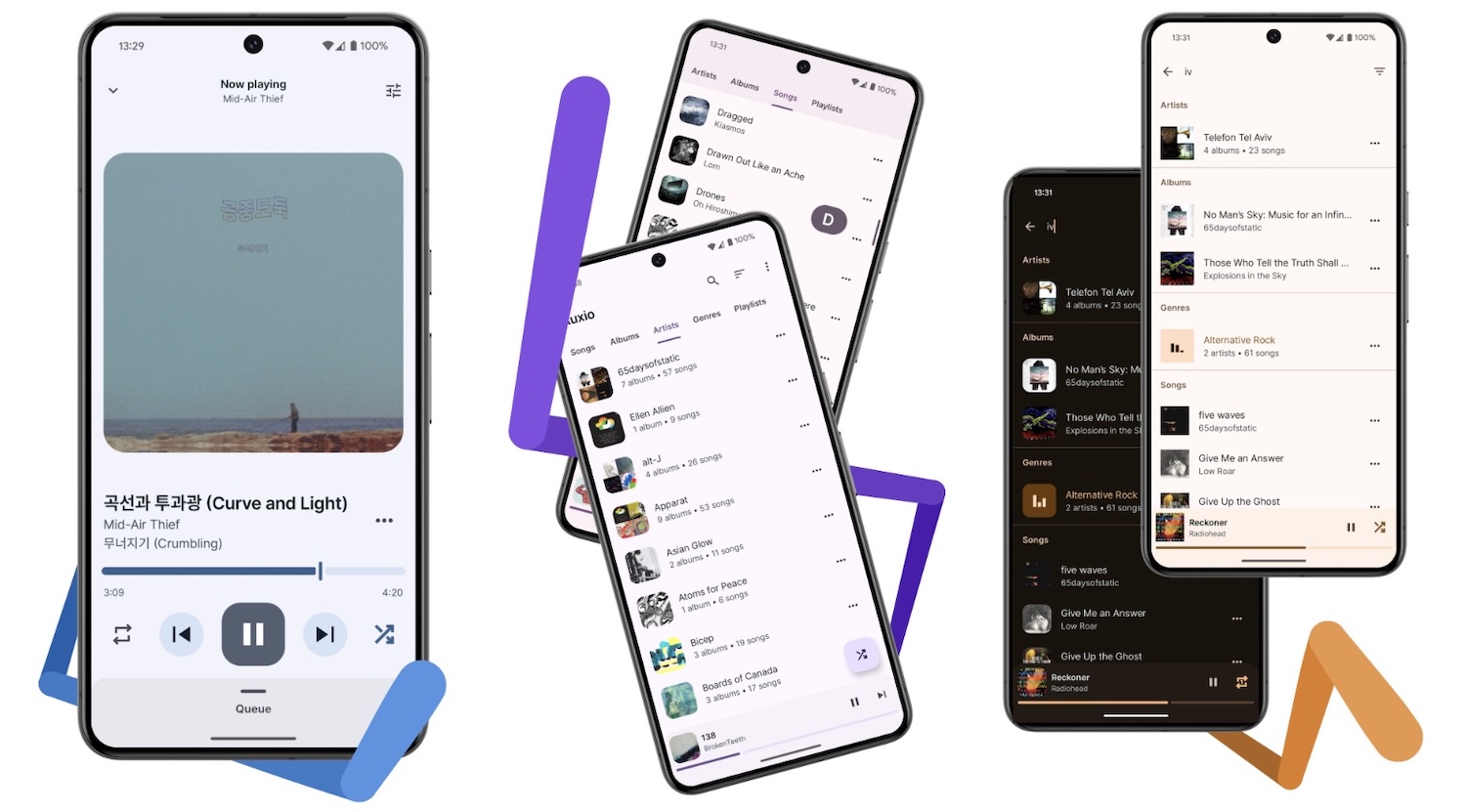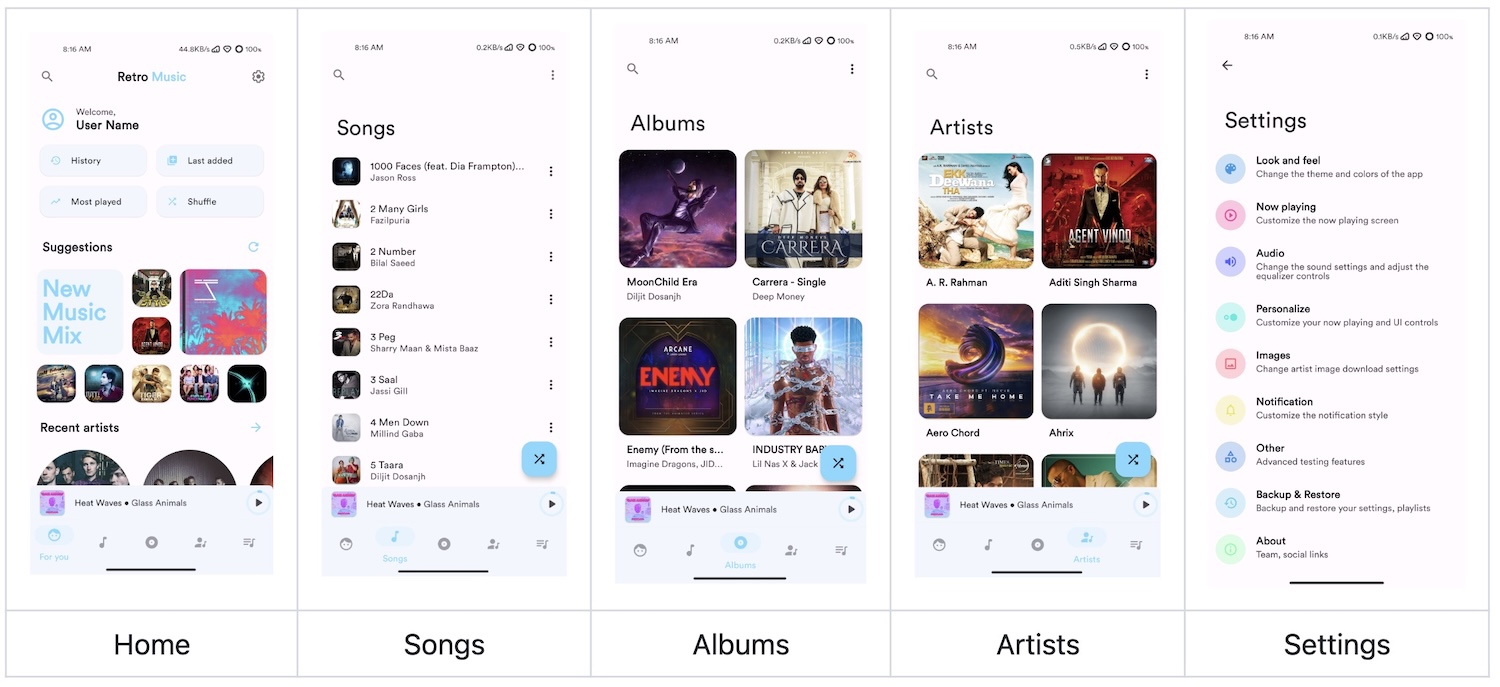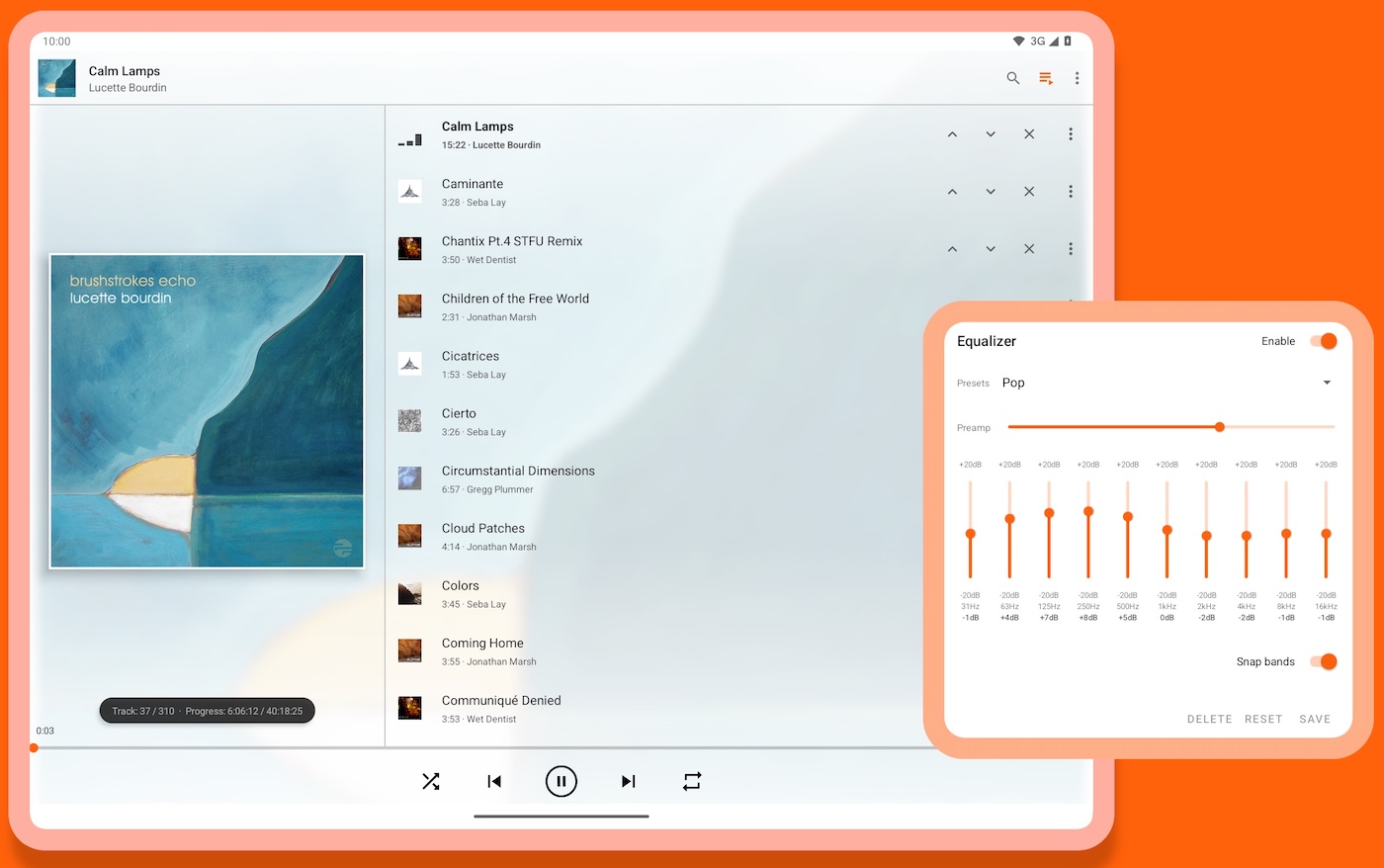5 Ad-Free Open-Source Android Music Apps For ZTE Nubia And Other Mobiles

I bought a ZTE Nubia Z Ultra series model and was surprised to find out there is no Music Player app. After doing some research I have brought the best Music Player apps you can install on Such Android Phones. But, Let’s be honest: few things are as annoying as being deep into your favorite song, humming the chorus, and then—BAM—some loud, cringey ad blasts in your ear. Mood gone. Vibe dead. You’re just left staring at your phone like, “Why am I even using this app?”
If you already have your own songs saved on your phone, you’d think listening to them would be easy. But some lacks the music player and the default music player that comes with most phones is… fine at best, boring at worst. And when you go hunting on the Play Store, half the so-called “free” players are stuffed with tracking, pop-ups, banners, and “upgrade now!” buttons.
That’s where open-source music players come in.
You can think of “open source” like a community kitchen instead of a big fast-food chain. The recipe is out in the open, anyone can check it, and people contribute because they actually care about the product. These apps aren’t built to farm your data or push ads in your face. They’re built by music nerds for music lovers. No ads, no sneaky subscriptions, and the ones below are genuinely the best of the bunch.
1. The Undisputed King: Namida
Get from: https://github.com/namidaco/namida

You were absolutely right to be curious about Namida. Right now, it’s one of the most interesting music apps you can install on Android. It feels like a bridge between a simple local music player and a modern streaming app.
Most free players either look plain or straight-up outdated. Namida is the opposite. The interface feels fresh, animated, and alive. It doesn’t feel like some student project—it actually looks like something a big company would charge money for. It handles all your local files (your MP3s and other formats), but the fun doesn’t stop there.
Inside Namida, you can search and grab audio directly from YouTube. No jumping between apps, no copying links. You stay inside one clean interface. It also has a feature called “Smort sync” that quietly watches what you play, then helps organize your library around your habits. After a while, it just “gets” you.
And if you love lyrics, you’re going to be happy. Namida supports synced lyrics that move with the song, almost like karaoke. You can follow along line by line without leaving the player. Put it all together and Namida feels less like a basic player and more like your own personal music hub.
2. The Speed Demon: Auxio
Download from: https://github.com/OxygenCobalt/Auxio

Some people love bells and whistles. Others just want to open the app, pick a playlist, and get on with their day. If you’re in that second group, Auxio is your new best friend.
Imagine Namida as a big spaceship full of controls. Auxio is a super-light bike: minimal, fast, and surprisingly powerful despite its size. It doesn’t bury you under endless settings and visual tricks. The whole point of Auxio is speed and simplicity.
It scans and loads your library almost instantly, even if you have a lot of songs. There’s no waiting around for artwork to slowly appear or for folders to “sync.” You open it, tap what you want, and it just plays. Because it’s so lightweight, it’s very gentle on your battery too.
Auxio is also perfect if you’re using an older phone or a budget device. Where heavy apps might stutter, lag, or hang, Auxio stays smooth. The design is clean and minimal, so it doesn’t feel cheap—just focused. If you want a player that never gets in your way, this is the one.
3. The Best Looking: Metro Music (Effin Fork)
Download from: https://github.com/MuntashirAkon/Metro

If you’re the kind of person who changes wallpapers every few days and actually cares how your home screen looks, Metro will make you smile.
Back in the day, there was a very popular app called Retro Music Player. It looked beautiful but wasn’t fully open source. Metro is like a reborn version of that idea, made properly free and open. The fork you want to look for is often called “Effin Music” or “Effin fork” on GitHub—same style, but fully community-driven.
Metro uses “Material You,” which is Google’s fancy way of saying the app colors match your wallpaper. Change your wallpaper to red? The player picks up reds and pinks. Switch to something ocean-blue? The app softly shifts along with it. It feels like the music player your phone should’ve shipped with in the first place.
On top of that, the layout is simple. Big album art, clean buttons, no messy menus all over the place. You can hand it to someone who isn’t techy at all and they’ll figure it out in seconds. If design matters to you as much as features, Metro deserves a place on your home screen.
4. The Spotify Sidekick: Spotube (Free Spotify Alternative)
Get It For Android: https://spotube.krtirtho.dev/

Spotube is a bit different from the rest on this list, but once you understand what it does, you’ll see why people love it.
If you don’t keep a big collection of MP3s and you mostly listen to music through streaming, Spotube is a clever little tool. It connects to your Spotify account to read your playlists, liked songs, and recommendations—but it doesn’t actually stream from Spotify itself. Instead, it plays matching audio from YouTube.
So what does that mean for you? You basically get a Spotify-style experience without the usual limits. No forced ads, no “you’ve hit your skip limit” messages, and no pressure to upgrade to anything. You still see your familiar playlists and music preferences, but the sound comes from publicly available audio.
The app works on phones and computers, which is a nice bonus if you switch devices a lot. And because it’s open source, there’s no hidden “gotcha” lurking in the background. It’s a smart workaround if you love the Spotify interface but hate interruptions.
5. The Tank: VLC for Android
Get from PlayStore: https://play.google.com/store/apps/details?id=org.videolan.vlc

VLC is that one friend who might not dress fancy but always shows up, never flakes, and somehow knows how to fix everything.
Most people know VLC from desktop computers—the little orange traffic cone icon that mysteriously plays any video you throw at it. But the Android version is also an excellent music player, especially if your files are a bit unusual.
VLC can handle almost any audio format: common stuff like MP3 and FLAC, plus more obscure ones that many other players refuse to open. If you’ve got a folder full of random old tracks, live recordings, or high-quality lossless files, VLC will just shrug and play them.
It’s not as stylish as Namida or Metro, and that’s okay. VLC isn’t trying to win a beauty contest. What it gives you is stability. It rarely crashes, it works on almost every device out there, and it handles both music and video in the same app. When all else fails, VLC doesn’t.
Final Thoughts
If you’re tired of ads shouting over your songs, you don’t have to settle for bloated “free” apps anymore. Between Namida’s all-in-one magic, Metro’s gorgeous design, Auxio’s speed, Spotube’s streaming trick, and VLC’s iron-clad reliability, you’ve got options—real options—that respect your ears, your battery, and your privacy.